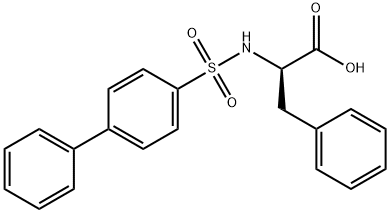Matrix metalloproteinase-2 (MMP2) human has been used:
- As a standard in zymography to measure gelatinolytic activity of MMP2.
- In enzymatic method for dissociation of brain tissue to single cells.
Matrix metalloproteinase-2 (MMP-2) also known as gelatinase or type IV collagenase is a 72kDa protein. MMP-2 is a member of matrix metalloproteinase (MMP) family of enzymes. Basic structure of MMP2 contains signal peptide domain that targets the enzyme for secretion, the pro-peptide domain, which is removed when the enzyme is activated and the catalytic site containing gelatin-binding domain.
mmp-2/mmp-9 inhibitor i is a potent inhibitor of matrix metalloproteinase-2 (mmp-2) and mmp-9.matrix metalloproteinase (mmp), a typical metalloproteinase, requires zinc ion at its active sites. as many as 18 kinds of mmp have been identified and cloned and are collectively called the mmp family.
Matrix Metalloproteinase-2 (MMP-2) cleaves gelatin, type IV, V, VII, X, and XI collagens, fibronectin, elastin, laminin, proteoglycans and a range of non extracellular matrix (ECM ) components. MMP-2 cleaves native type I collagen to N-terminal ? and C-terminal ? fragments identical to those generated by interstitial collagenases. MMP2 and MMP9 play an essential role in matrix degradation and they are implicated in the maintenance of neovascularization. In mice, deletion or inhibition of MMP2 protects against myocardial rupture.
mmp-2/mmp-9 inhibitor i was identified as a potent inhibitor of matrix metalloproteinase-2 (mmp-2) and mmp-9 with ic50 values of 310 and 240 nm, respectively. mmp-2/mmp-9 inhibitor i acted by binding zinc at the active site of these mmps. mmp-2/mmp-9 inhibitor i was found to be able to block mmp-2/mmp-9-dependent invasion in cell culture model [1].
both hydroxamic acid and carboxylic acid analogs of mmp-2/mmp-9 inhibitor i were evaluated for their inhibitory activities in animal cancer models. results showed that lung colonization of lewis lung carcinoma cells was suppressed by these inhibitors significantly. in addition, antitumor activity was also observed in the human lung cancer model. ma44 cells growed as a solid tumor on the peritoneum after being implanted ip, and mice bearing ma44 eventually died within 3 to 4 weeks. daily oral administration of compound 5l led to prolonged survival of ma44-bearing mice [1].
310 and 240 nm for mmp-2 and mmp-9, respectively
[1] tamura, y. ,watamane, f.,nakatani, t., et al. highly selective and orally active inhibitors of type iv collagenase (mmp-9 and mmp-2): n-sulfonylamino acid derivatives. j. med. chem. 41(4), 640-649 (1998).
